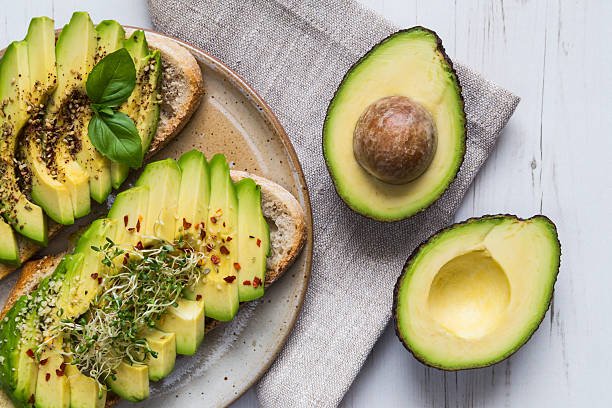Title: Keep it Fresh: Preserving Avocados in South African Weather Conditions
South Africa is known for its diverse climate and weather conditions, which can sometimes make it challenging to preserve perishable fruits like avocados. Due to their high-fat content and sensitivity to temperature changes, avocados can quickly spoil or become overripe. This article offers helpful tips and techniques for preserving avocados in South African weather conditions to ensure that you can enjoy them at their peak freshness.
What makes Avocado turn Brown
Avocados can turn brown due to several factors, including:
- Oxidation: When the flesh of an avocado is exposed to air, it begins to oxidize and turn brown. This is due to a reaction between the enzymes in the avocado and the oxygen in the air.
- Enzymes: Avocados contain enzymes that can break down the flesh and cause it to turn brown.
- Bacteria and mold: Bacteria and mold can grow on the surface of an avocado, causing it to turn brown.
- Ethylene gas: Avocados release ethylene gas, which can cause them to ripen and turn brown.
- Heat: Exposure to high temperatures can cause avocados to turn brown.
- Physical damage: If an avocado is cut or mashed, the flesh can be exposed to air and turn brown.
- Time: Over time, avocados will naturally turn brown as they age and begin to deteriorate.
It’s important to store avocados properly to prevent them from turning brown, such as keeping them in an airtight container or covering the cut surface with plastic wrap or lemon juice. Additionally, it’s best to use avocados soon after cutting them to reduce the risk of browning.
Ways to Preserve an Avocado in South African Weather Conditions
- Storing Unripe Avocados
In warmer regions of South Africa, unripe avocados can be stored at room temperature (18-24°C) to facilitate ripening. To accelerate the ripening process, you can place the avocado in a paper bag with a ripe banana or apple. These fruits release ethylene gas, which promotes ripening.
- Refrigerating Ripe Avocados
Once avocados have reached their desired ripeness, you can preserve their freshness by storing them in the refrigerator (2). This slows down the ripening process and can help prevent spoilage. Keep the avocados in the crisper drawer at a temperature of 4-7°C for optimal preservation.
- Freezing Avocado Pulp
Freezing is an excellent way to preserve ripe avocados for an extended period. To do this, remove the skin and pit, then mash the avocado pulp with a little lemon or lime juice to prevent browning. Store the pulp in an airtight container or ziplock bag, leaving some room for expansion. Frozen avocado pulp can be kept for up to 6 months and used in smoothies, guacamole, or other recipes (3).
- Vacuum Sealing
Vacuum sealing can help preserve avocados by reducing their exposure to air, which slows down the oxidation process. To vacuum seal an avocado, cut it in half and remove the pit. Wrap each half tightly in plastic wrap, making sure there are no air pockets. Then, place the wrapped halves in a vacuum-sealable bag and use a vacuum sealer to remove the air. Vacuum-sealed avocados can be stored in the refrigerator for up to two weeks (4).
- Storing Sliced Avocados
If you’ve sliced an avocado and want to store the leftovers, brush the exposed flesh with lemon or lime juice to prevent browning. Then, wrap the avocado tightly in plastic wrap or store it in an airtight container. Keep the avocado in the refrigerator to extend its freshness.
Video: How to store or preserve avocado for as long as you wish
Preserving avocados in South African weather conditions can be challenging, but with proper storage techniques, you can enjoy them at their peak freshness. By storing unripe avocados at room temperature, refrigerating ripe ones, freezing the pulp, vacuum sealing, or storing sliced avocados with citrus juice, you can keep them fresh and ready for consumption.
References:
- Sams, C. E. (1999). Preharvest factors affecting postharvest texture. Postharvest Biology and Technology, 15(3), 249-254.
- Alique, R., Zamorano, J. P., & Martínez-Sánchez, A. (2015). Avocado cold chain management. Stewart Postharvest Review, 11(1), 1-6.
- Faber, M., Klaas, N., & Laurie, S. (2014). Maximizing the utilization of harvested avocados. South African Avocado Growers’ Association Yearbook, 37, 84-86.
- Lee, S. K., & Kader, A. A. (2000). Preharvest and postharvest factors influencing

